
Developer: Tino Games
Publisher: Tino Games
Platform: Switch
Tested on: Switch
Neoverse Trinity Edition – Review
With Neoverse Trinity, developer Tino Games is bringing their card battler Neoverse to Nintendo’s hybrid console. While we’re not quite sure what the differences are between the regular edition of Neoverse and this Switch-exclusive Trinity Edition, our expectations are still high. After all, Neoverse’s PC version received critical acclaim. As such, we were eager to discover whether Trinity lived up to its sibling’s reputation.
Story
For a game that has the outward appearance of being at least somewhat narrative-driven, Neoverse Trinity Edition is bafflingly light on story content. Apart from the opening cutscene, which is in essence a series of action scenes focused on the avatars that the game uses, the game fails to deliver anything that resembles a story.
Graphics
From a visual perspective, it certainly seems that Tino Games bit off more than the Switch can chew. The game’s visuals are decent at first glance during the opening cutscene, but after a few seconds, there is some serious artifacting. The fact that this happens during pre-rendered cutscenes is inexcusable. Performance is even worse during gameplay, with lots of stuttering and frame rate issues. The 3D models themselves look generic and out of place next to one another and it really feels like this mishmash of graphical styles is the result of pulling assets from different sources, throwing them together and hoping for the best.
Sound
Neoverse Trinity Edition’s battles are underscored by a high-tempo soundtrack featuring electronic music with low beats. The OST is juxtaposed against the more high-pitched sound effects, which feature plenty of sound effects that emulate swooshing metal. It’s all serviceable but also par for the course and doesn’t really do anything to stand out.
Gameplay
Despite Neoverse Trinity Edition’s outward appearance, which gives the impression that it’s a turn-based RPG, what you’re actually getting here is a strategic card game with a heavy focus on deck building. As there is no story arc present here, you’re left with a series of card battles. While that might sound disappointing if you were drawn in hoping for an RPG experience, what’s present here is a solid and fun card engine. The caveat here is that there is very little in the way of tutorials, and the game expects you to figure out the finer points of battling on your own. The core game isn’t super complex, but as is often the case with strategic card games, getting good requires you to truly get a grip on how the finer mechanics of the game work.
At the start of a round of Neoverse Trinity Edition, you draw five cards. Cards have an associated action cost which you’ll need to spend points for in order to be able to play them. More powerful cards are more expensive, of course, and you’ll need to find the right balance on when it is opportune to play a card and when to keep it in your hand. There are both offensive and defensive cards, and because your avatar’s health doesn’t regenerate between battles, you’ll need to be careful about going in guns blazing. Winning battles will reward you with skill points and currency, which you can then use to improve your deck as well as your character’s skills. Being able to do this is useful in the long run, but you can also spend your hard-earned moolah on consumable items that aren’t permanent additions to your deck but can be real handy in a pinch. These offer HP restoration or hard-hitting attacks, among other effects.
Before you can finally get a good feeling for the strategies required to win a game, however, you’ll need to overcome some hindrances. The majority of the game’s issues are a simple matter of trial and error as you discover new card effects and figure out new strategies. There are some non-card-related problems present here, however. The game’s interface is often illegible due to the small font -something especially apparent in handheld mode- and the game’s UI can prove to be confusing, to say the least. The game might ask you to shuffle your deck, for example, but doesn’t explain how. This meant that -in our early hours with the game- we would just randomly mash buttons hoping we’d hit the right one. A decent tutorial or even a digital manual would’ve gone a long way here. Given the amount of screen clutter at any given time, it can often be confusing exactly what is going on on-screen.
With the number of cards available as well as several player avatars to unlock and level up, there definitely is replay value here. We can imagine card game enthusiasts can find dozens upon dozens of hours of entertainment here, provided they overlook Neoverse Trinity Edition’s shortcomings. The game also promises in-app purchases, so there is no doubt that Tino Games is going to want to capitalize on the game’s longevity, provided that the title is a hit with the Switch player base. If this means the game will continue to be supported for the foreseeable future, and receives some polish, then perhaps in the long run Neoverse Trinity Edition will grow to be a diamond in the rough.
Conclusion
We wouldn’t go as far as dismissing Neoverse Trinity Edition as being totally unplayable, but it’s difficult to recommend the game in its current state. Beneath the rough exterior and the confusing interface lies a decent card game, but you’ll have to persevere in order to reach the parts of the game worth looking at. Hopefully, there are some performance patches in the future that polish the game’s rougher edges so that in a few months, we can appreciate the game’s full potential.
Neoverse Trinity Edition - Review,
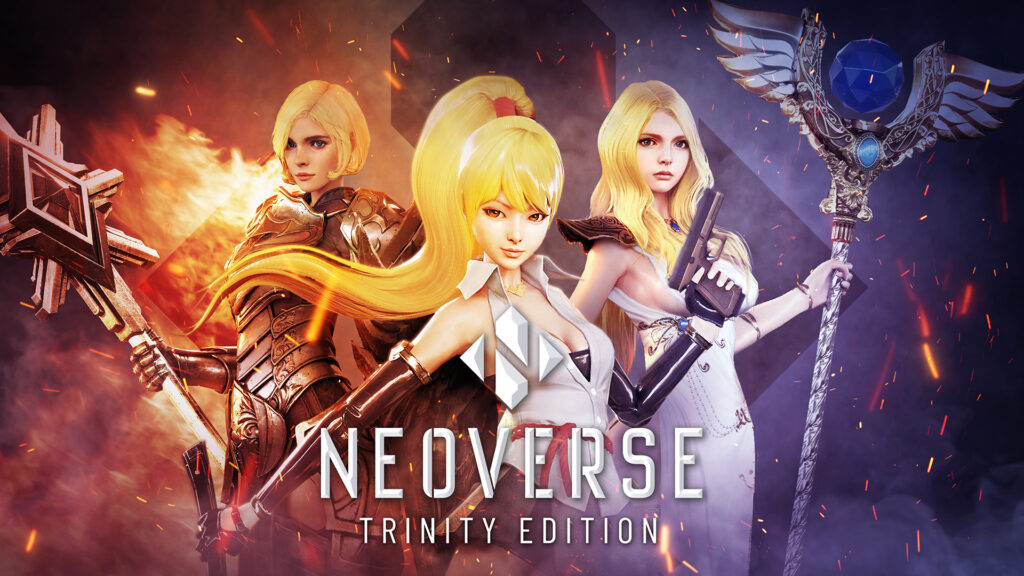
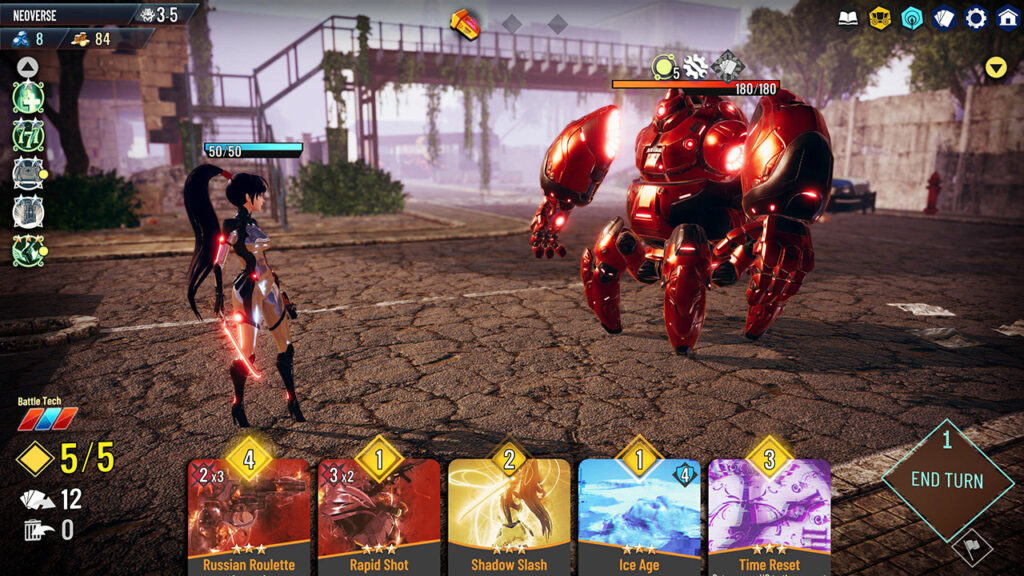
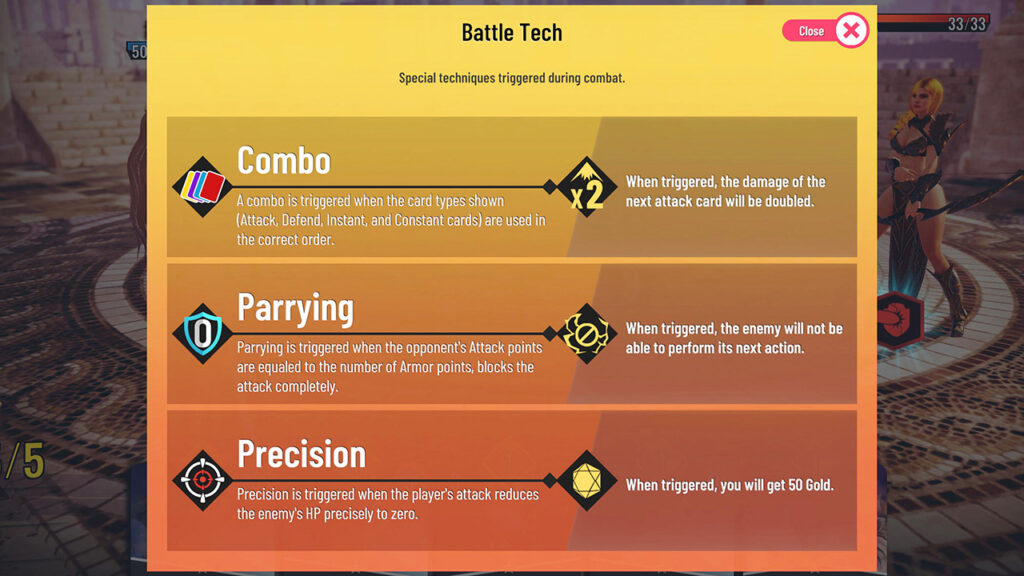
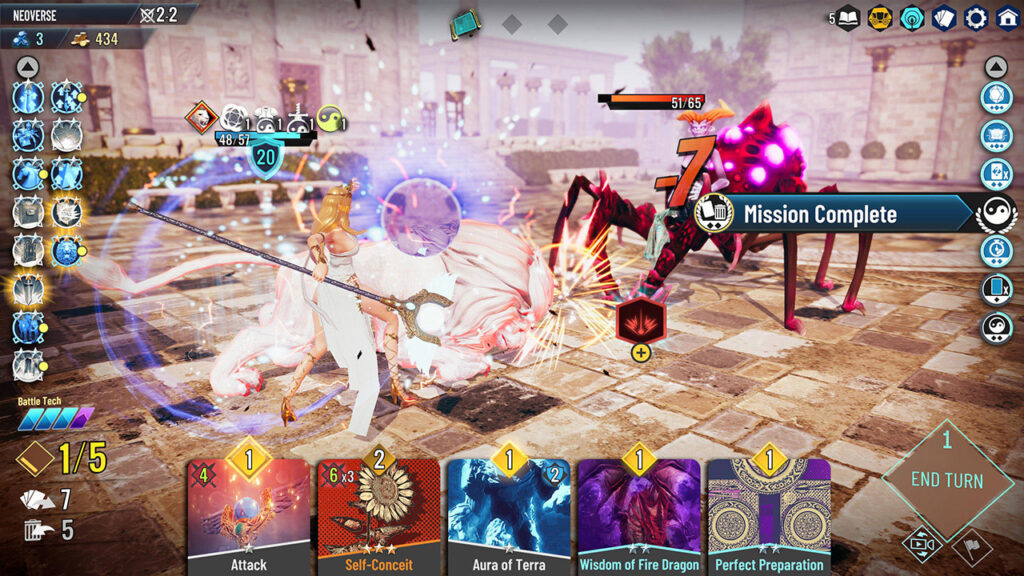
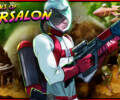
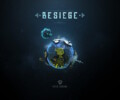


No Comments